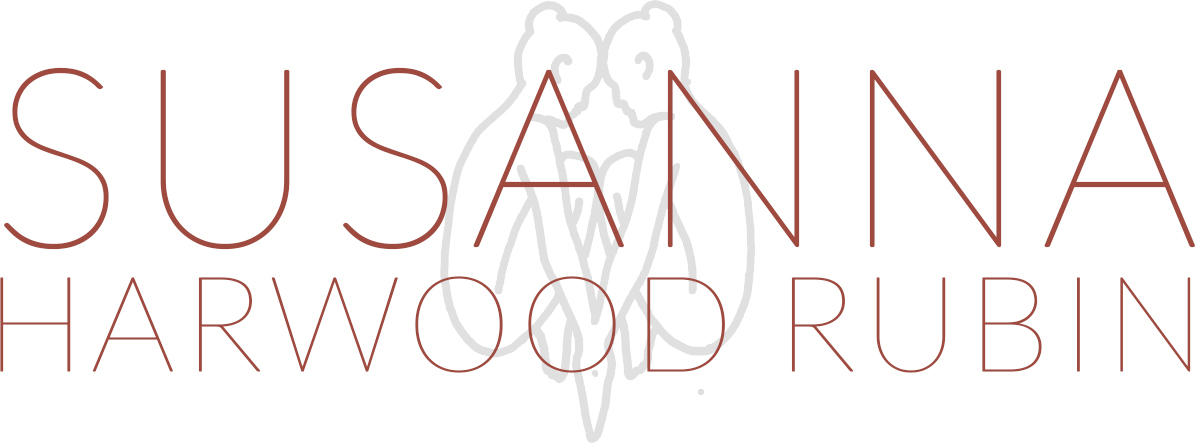Marina Abramović performing Rhythm 0, 1974
Honey, a knife, feathers, grapes, a bullet, a gun, a rose, a whip. In 1974, artist Marina Abramović placed objects that could give both pleasure and pain on a table in an art gallery, and invited the general public to use them upon her as they wished. After 6 hours, she walked out half-naked, covered with honey and blood. The piece was over. She presented her body as a canvas – a medium on which people expressed their impulses and desires.
Our body is our canvas – one of our primary means of self-expression. We clean it, sculpt it, feed it, starve it, push it to its muscular and energetic limits. We adorn it with clothing, cosmetics, jewelry, tattoos and piercings. We use it to dance, to celebrate, to experience pleasure and pain. We use it to communicate in a way inaccessible through words.
The purpose of movement can be practical: the cause and effect of exercise and diet. But movement can also be aesthetic: as ecstatic as a victory lap or as haunting as a Pina Bausch dance. Some feats of the body push beyond mere functionality to create beauty, grace, artistry. Abramović’s work might be read as more gritty and disturbing than beautiful, but it challenges us to contemplate our own bodies and their relationship to the world around them, so it is aesthetically provocative, and conceptually beautiful.
Think about this: How can we create meaning with and through our bodies? How can we elevate the quality of our movement so that it becomes art?
Marina Abramović sits for 700 hours in eye-to-eye meditation with members of the general public, MoMA 2010


